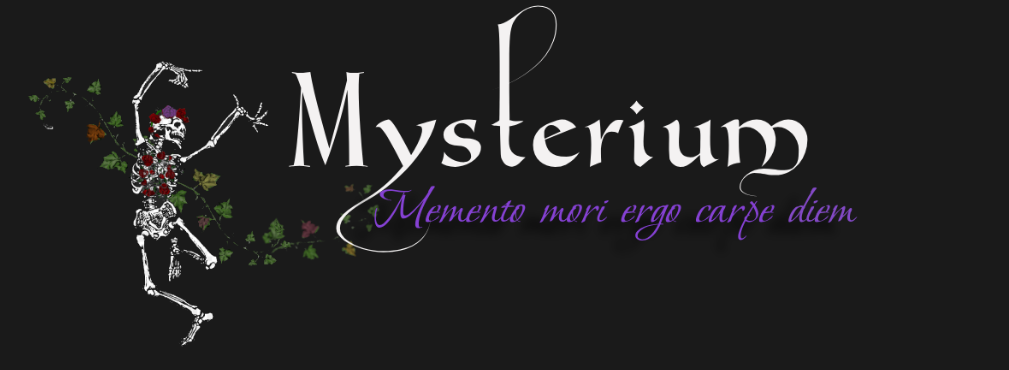
My Midwinter altar – I think “locus” is actually more apt in this context – is a literal illumination of the vanitas theme, a union of wunderkammer and kamidana (wunderkamidana?) It’s an assemblage of objects whose symbolic meanings are both amplified and made more subtle by their interrelationships. I try my clumsy best to make these arrangements beautiful and interesting; they set the tone, and that’s no small thing.
The addition of colored lights seems fitting to the longest night, especially in a year that has been so very dark for so very many people, and as we enter what is sure to be an unusually difficult season of transition. There’s light at the end, though – just hold on!
I inherited the skull shown here from the Shakespeareana collection of an elderly family friend who died (not due to COVID-19) during the summer. In his context, the skull was a symbolic reference to Hamlet’s Yorick soliloquy. To me, with the addition of the floral or leafy caplet, the skull (and other items) represent a kind of seasonal genius loci/spirit of place.
In the Spring and Summer, the skull bears a caplet of flowers and the locus is adorned with living plants. On the Fall equinox, I replace the flowers with a caplet of colorful dead leaves and scatter more leaves among the other objects, also adding a memorial display that remains until the end of the Halloween/All Souls/Dia de Muertos period during late October/early November. In the Winter, I add the colored lights.
Regular aesthetic refreshment and the incense and honey rituals keep the arrangement “alive” as a presence in our house, as a constant reminder of what’s really important.
